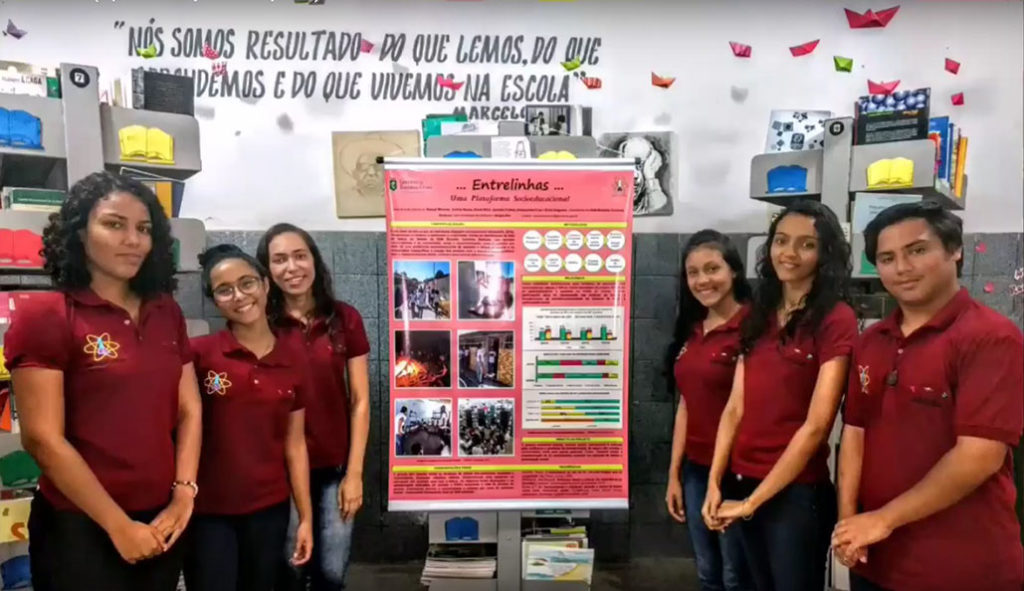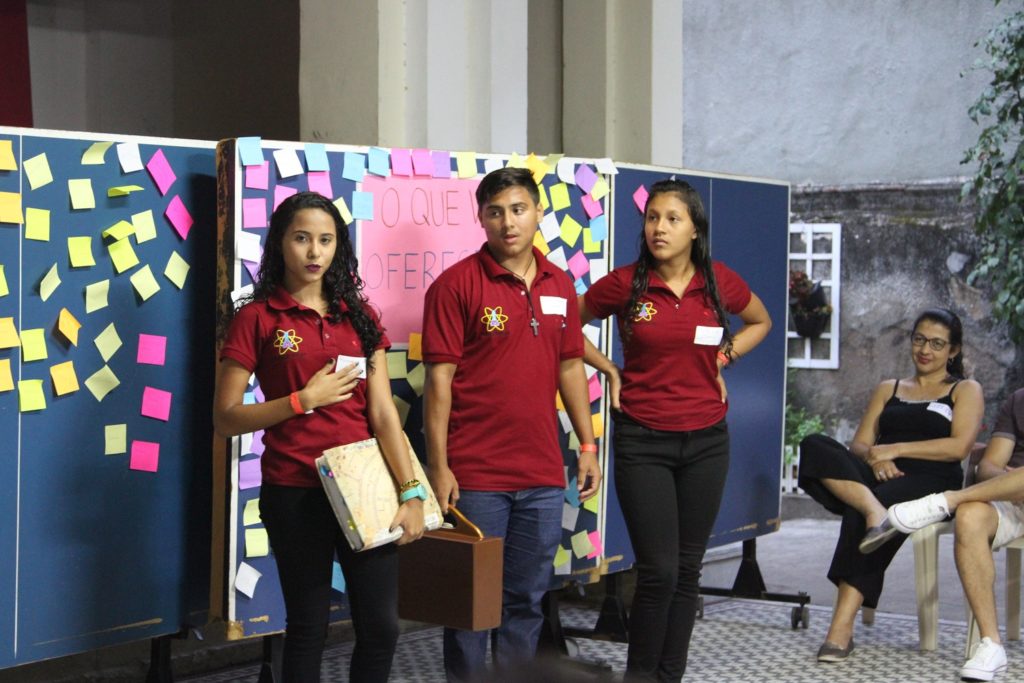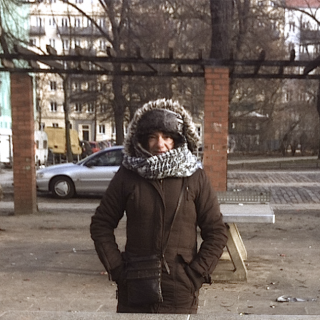“In our school, we did a survey and found out that the students weren’t in the habit of reading. We saw that this was a problem. And we also found out that most people in our community couldn’t read or write. So we decided to change this.” Raquel Miranda Costa, 16, who in 2017 finished her 3rd year of high school at the Ronaldo Caminha Barbosa State School, located in the city of Cascavel, in northeastern Brazil, sums up what drove her to create the “Between the Lines” project, along with her classmates David Nogueira da Silva, 16, and Karine Sousa Silva, 17.
The students reached this conclusion after submitting a questionnaire to their classmates and local community. The results of the survey then served as the basis for discussions with the school directors, teachers, students, and neighborhood residents.
The group then decided to take action. Their first step was to improve the library space. “Our school library looked like an old book warehouse. The students didn’t go there. So we organized the space and students started using it, asking for more and more books,” explains da Silva. “We tried to create a playful space,” adds Costa, “so the students would feel encouraged to go there and see it as a library, not a storage area. We did another survey after this project and found out that book lending had gone up 20 percent.”
This success inspired the students to think of other initiatives to encourage reading, not only in the school, but also in the surrounding community. Thus was born the social and educational group Between the Lines, which for the past two years has engaged in a series of actions. They have posted poems on lamp posts as well in people’s mailboxes, and read stories to children in school. They have organized writing workshops and campfire chats to hear fishermen tell stories. They have also encouraged book lending groups among friends, distributed books throughout the community, and held a poetry contest for the students in the region.

The library was more attractive after the students cleaned it up, increasing book lending by 20 percent. (Photo: Criativos da Escola/Design for Change)
A PROFOUND IMPACT
The students have struggled to raise funds to cover their costs, mostly printing and transportation, and most of the time they end up covering these expenses themselves. But despite such obstacles, this initiative has managed to reach eight schools and twelve nearby communities.
“It’s worth noting the students’ success in developing their own identities. Many started as passive subjects and became protagonists in their own stories. They got away from their pre-established paths, from family habits that did not include books,” emphasizes Sérgio Furtado Néo, the teacher who advised them during the project.
“Among so many positives,” adds the teacher, “I would highlight their discovery of other, new possibilities, of their capacity to dream. With that came the understanding that suppressing reading hinders our access to knowledge. And, above all, these youngsters have lost their fear and hostility towards reading.” In addition to the community’s interest, the teacher sees results in the improvement in student reading proficiency. The project has also encouraged students to continue or return to their studies.
To give the project more visibility, the group has created a Facebook page, where the students post phrases to encourage reading, along with poems and photos of their activities. “People say they started reading thanks to the page,” exclaims Costa, “that they felt motivated by what we post. I can’t even explain how happy we are to have an impact.”
The Entrelinhas (Between the Lines) project was one of the winners of the 2017 Design for Change Challenge. Organized by Alana in Brazil, Design for Change encourages children and young people to transform their realities, recognizing them as the protagonists of their own stories of change. The initiative is part of a global movement that started in India and is now present in 65 countries, inspiring over 2.2 million children and youngsters around the world.
Published on 02/08/2018




